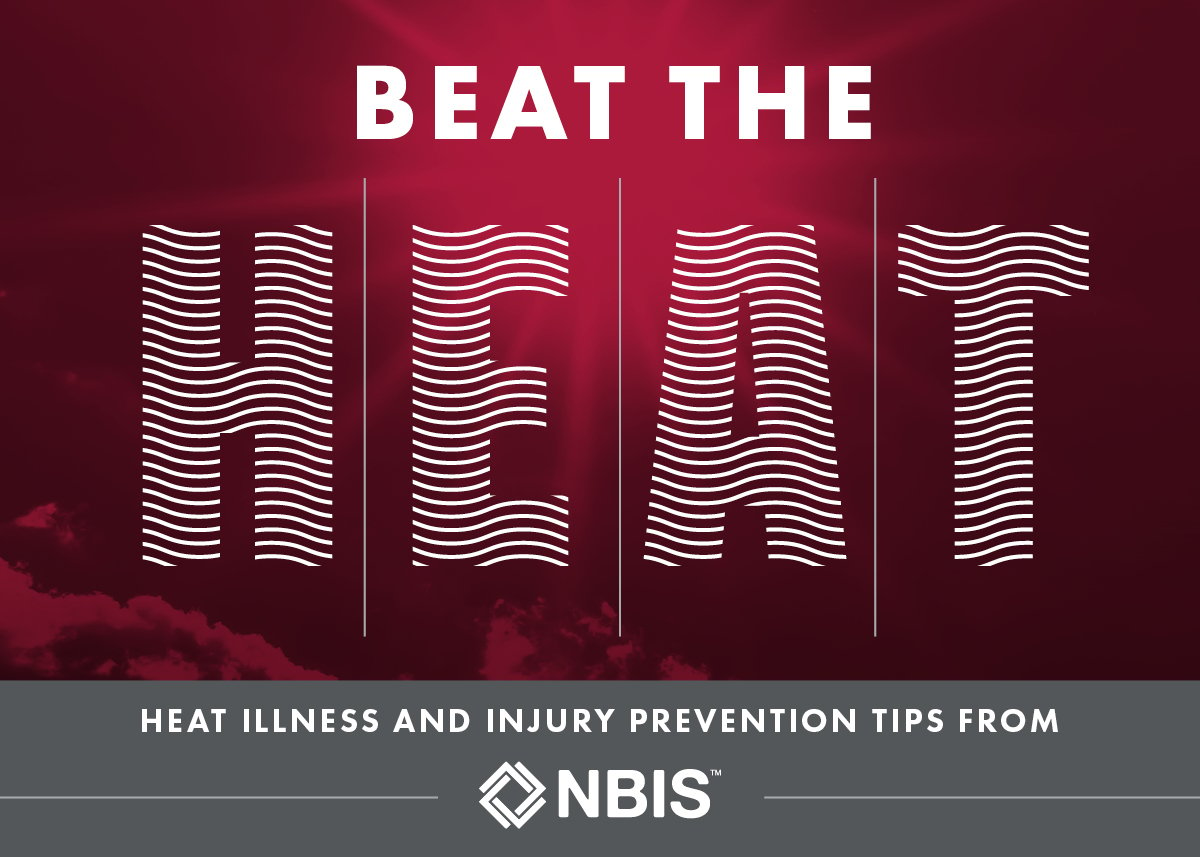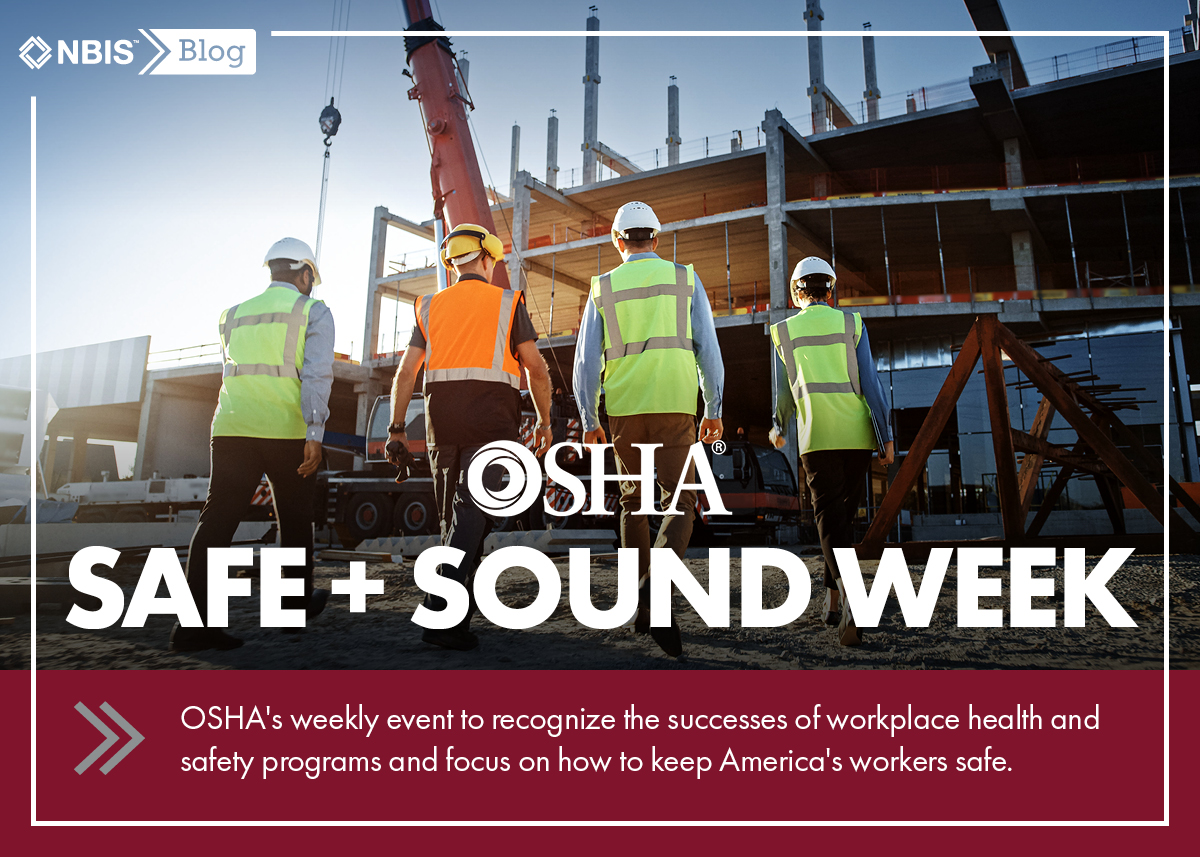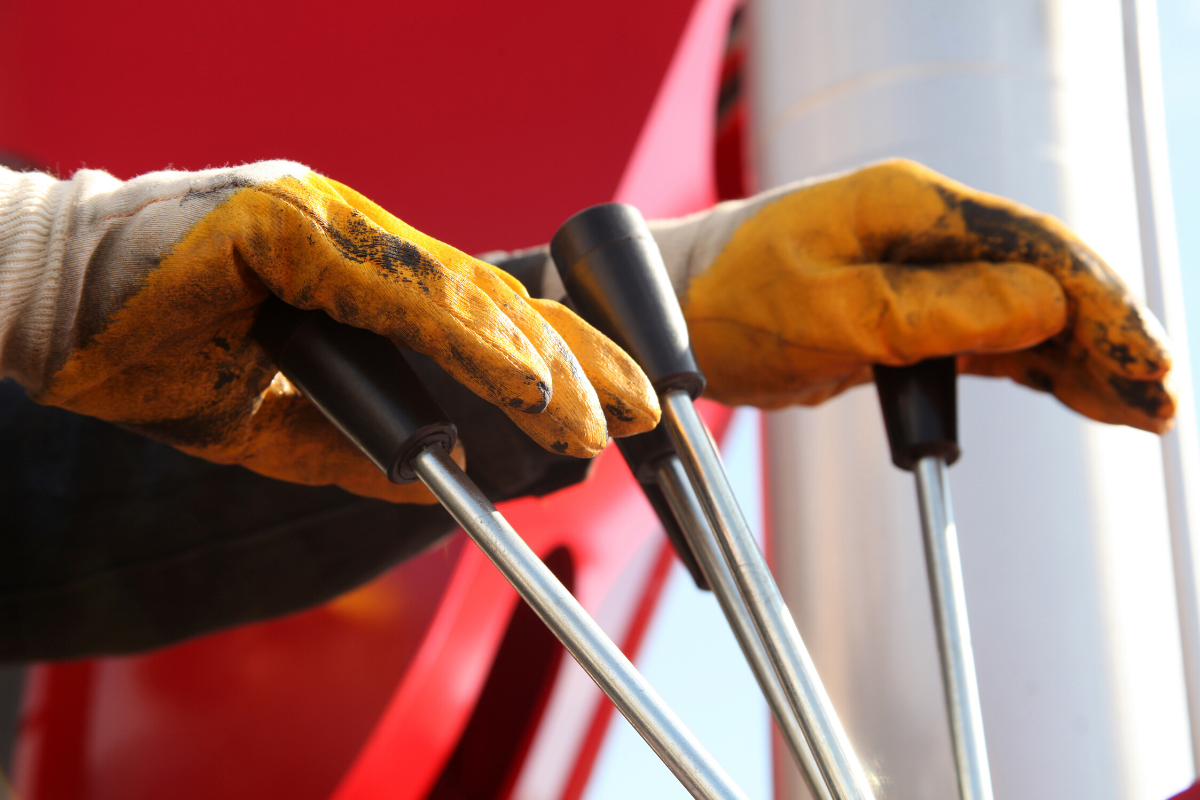An earlier version of this article appeared in the Synopsis column of the June 2019 issue of American Cranes & Transport.
In the crane and rigging industry, the annual transition to warmer temperatures means an uptick in projects and workable hours on job sites. It’s a busy time of year – productivity is going up, and temperatures are too. Now, even as summer draws to a close, many parts of the country are experiencing record high temperatures.
Of all weather-related fatalities in the United States, perhaps surprisingly, heat is both the dominant cause of death and chief among the most preventable.
The first step to ensuring that your workers are not put at increased risk for experiencing heat-related stress and illnesses is the creation and maintenance of a robust Heat Illness Prevention Program. If your company doesn’t already have one, you need one right now—it’s as simple as that.
One of the easiest ways to prevent heat-related illness and injury is to have an educated workforce. Share the potential threats—heat stroke, heat exhaustion, heat cramps, heat rash—and how to protect against them with your employees regularly throughout the warmer months. And be aware that understanding what symptoms to look for, and what to do when they are spotted, can be the difference between life and death. The acronym “HEAT” (Hydrate, Educate, Acclimatize, Train) can help you and your workers remember the key points in preventing heat injury and illness on your company’s job sites.
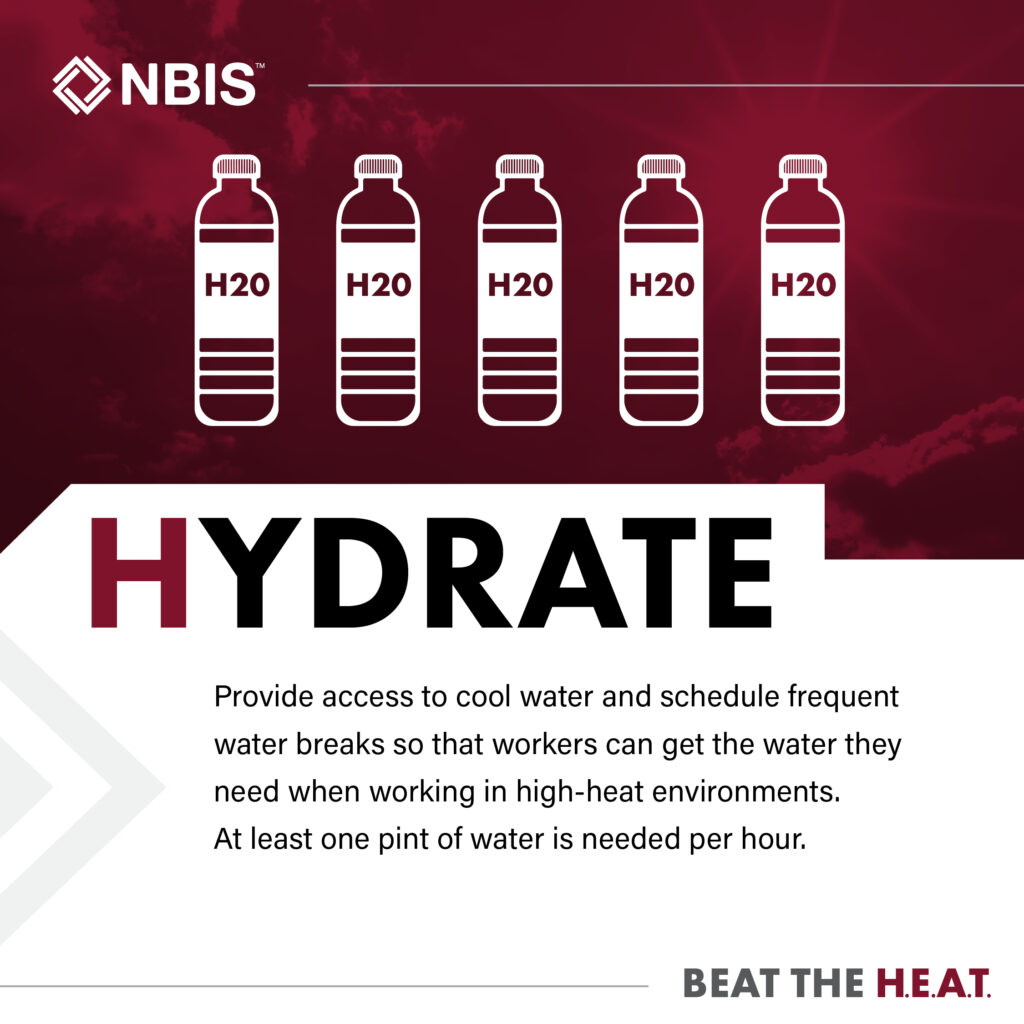
- Hydrate – Make sure your team has access to water and ensure they are allowed appropriate time to take a water break. Remember, the average worker needs a pint of water every hour.
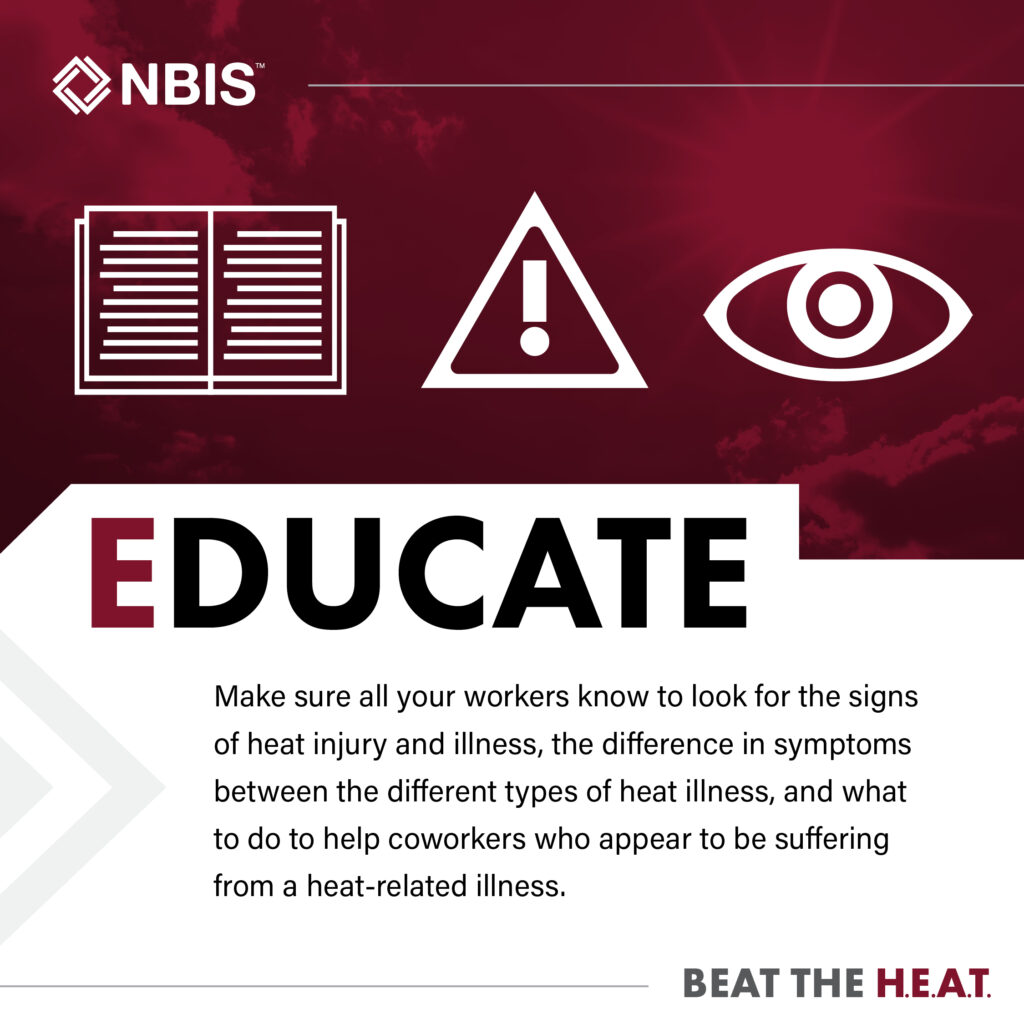
- Educate – Don’t wait until someone is experience symptoms of heat illness. Train your workers ahead of time on how to recognize symptoms of common heat-related illnesses like heat rash, heat exhaustion, and dehydration.

- Acclimatize – According to OSHA, nearly 3 out of 4 fatalities happen during the first week of work. At the start of summer or at the beginning of a heat wave, ease your workers in so that their bodies aren’t initially overwhelmed by the heat.
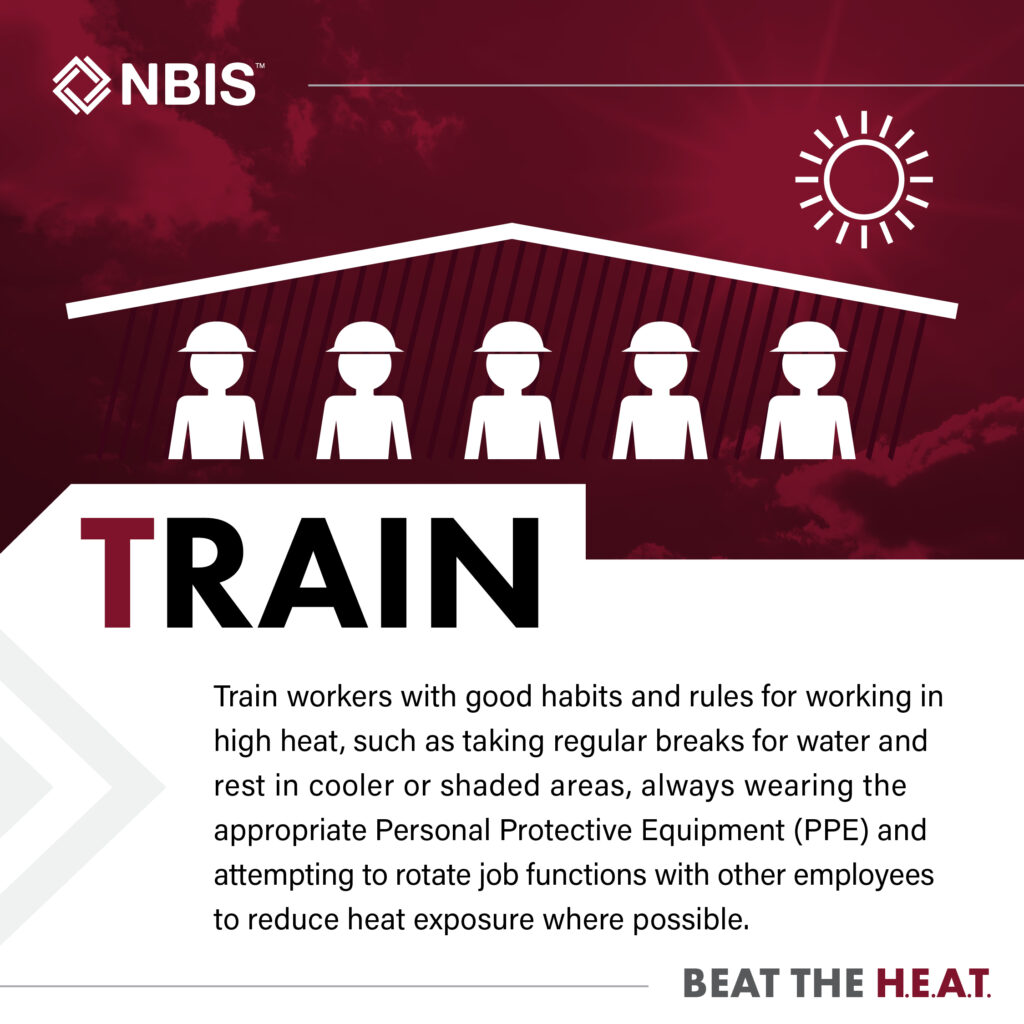
- Train – Train workers with good habits and rules for working in high heat—taking regular breaks for water and rest in cooler or shaded areas, always wearing the appropriate Personal Protective Equipment (PPE), and attempting to rotate job functions with other employees to reduce heat exposure where possible.
Employees who perform work in moderate to high temperatures or humid conditions, especially where increased heart rate and perspiration are concerned, (at some point this is most crane and rigging workers in the United States) must know the necessary information to recognize, understand and try to prevent the consequences of heat stress. Understanding what to look for and what to do can mean life and death.
There’s simply no substitute for a well-communicated, often revisited Heat Illness Prevention Program, and in some states, plans are actually required by law. Make a plan now, and revisit it at the start of each summer.
OSHA has more information and guidance on keeping workers safe when working in high temperatures.

